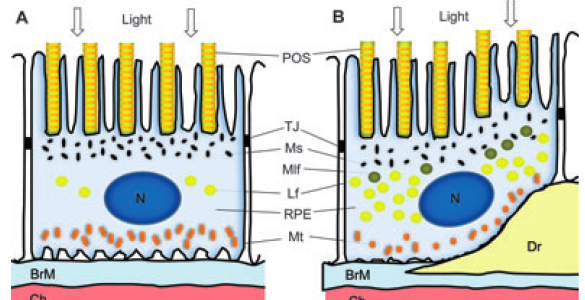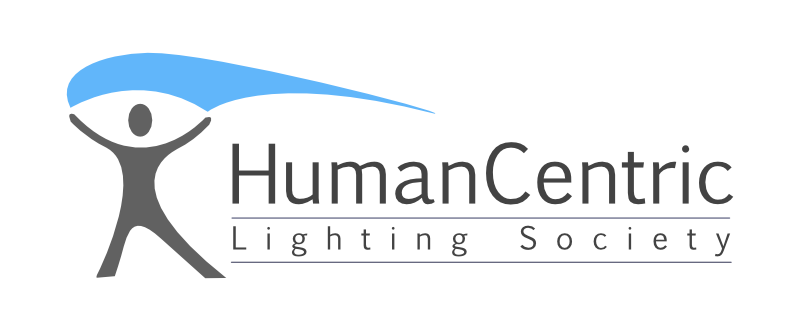
Invited Review
Retinal Photodamage by Endogenous and Xenobiotic Agents†
Albert R. Wielgus1 and Joan E. Roberts*2
1Department of Ophthalmology, Duke Eye Center, Duke University Medical Center, Durham, NC
2Department of Natural Sciences, Fordham University, New York City, NY
Received 10 January 2012, accepted 25 April 2012. DOI: 10.1111/j.1751-1097.2012.01174.x
ABSTRACT The human eye is constantly exposed to sunlight and artificial lighting. Light transmission through the eye is fundamental to its unique biological functions of directing vision and circadian rhythm and therefore light absorbed by the eye must be benign. However, exposure to the very intense ambient radiation can pose a hazard particularly if the recipient is over 40 years of age. There are age-related changes in the endogenous (natural) chromophores (lipofuscin, A2E and all-trans-retinal derivatives) in the human retina that makes it more susceptible to visible light damage. Intense visible light sources that do not filter short blue visible light (400–440 nm) used for phototherapy of circadian imbalance (i.e. seasonal affective disorder) increase the risk for age-related light damage to the retina. Moreover, many drugs, dietary supplements, nanoparticles and diagnostic dyes (xenobiotics) absorb ocular light and have the potential to induce photodamage to the retina, leading to transient or permanent blinding disorders. This article will review the underlying reasons why visible light in general and short blue visible light in particular dramatically raises the risk of photodamage to the human retina.
[button link=”https://humancentriclighting.org/wp-content/uploads/2012/09/Albert-and-Joan-review.pdf” style=”download” color=”blue” text=”light”]Full Article[/button]